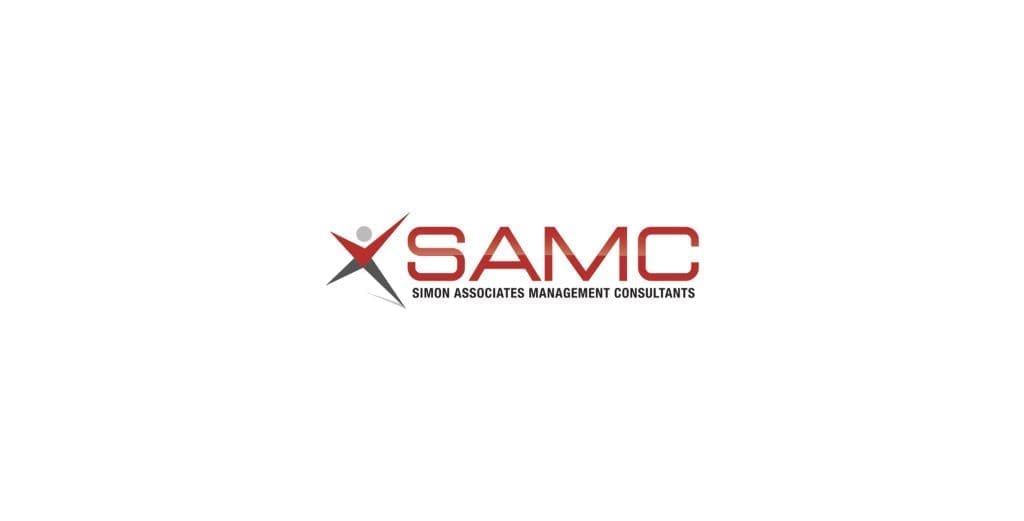 Leave the competition behind by embracing Blue Ocean Strategy®
Leave the competition behind by embracing Blue Ocean Strategy®
A former client contacted us recently, saying: “We’re stuck.”
As in so many cases after 2008’s Great  Recession, his division, once an industry leader, had experienced zero growth, using the same outmoded tactics to keep factories running, while wishing for the old world order to return.
Recession, his division, once an industry leader, had experienced zero growth, using the same outmoded tactics to keep factories running, while wishing for the old world order to return.
It never did. Our client is now desperately hoping his division’s leaders will embrace change, maybe even a Blue Ocean Strategy. They’ve reached a dangerous tipping point that could risk the future of their business.
But why are they “stuck?” Beyond fearing change itself, they failed to see how the business environment was shifting. Old distribution channels were shrinking. Contractors had cut distributors out of the supply chain. Consumers had found better prices on the Internet. With product life cycles continually shortening, competitors were upstaging each other’s products in no time.
If you can’t change, you risk becoming antiquated.
As a corporate anthropologist and certified Blue Ocean Strategy practitioner, I’ve seen similar struggles among other clients. For otherwise successful business leaders, change is literally pain. CEOs know they have to change but are typically:
- Afraid of the unknown
- Driven by well-honed habits
- Convinced the past will reappear and save them
In 2009, Steve McKee published “When Growth Stalls” in which he notes that 41.2% of nearly 5,700 companies he studied stalled in the previous decade. The number of reasons why are staggering, namely: a failure to focus, no competitive point of difference, and weak brand images and identities, to name just a few.
Given this reality, we can turn to science to explain why businesses stagnate. Growing research from the neurosciences and cognitive sciences reveal that change really is difficult for humans.
Resistance comes from three forces:
- Habits are powerful and efficient. As you mature, your brain creates a mind map that sorts reality into a perceptual order and creates effective, quickly established habits. The result: your brain limits what it sees and reality conforms to past perceptions. Early lessons in life and business play a heavy-handed role in keeping you from seeing things in fresh ways.
- Your brain hates change. When you’re learning something new, your prefrontal cortex must work very hard as you experiment with unfamiliar ideas. Since your brain uses 25% of your energy, no wonder you feel tired and your head hurts when learning!
- You have to “see and feel” new ways of doing things, not just read about them. Experiential learning is critical. As you learn, your brain actually changes, reflecting new decisions, mind maps, and reality sorting. As soon as a challenge presents itself, your brain will want to hijack the new thought patterns.
This is why it’s so difficult for CEOs, division managers or employees to realize that limitations to growth are really self-imposed by their mind maps of former business successes. Their past perceptions limit what they “see” in the present.
Fortunately, there are ways to help initiate meaningful change:
- Get out of the office. Venture into the world. Stop going to your industry’s trade shows; instead, see what other industries are doing. Rather than focusing on current market segments, look at new ones.
- Go exploring. I take my clients to uncover unmet needs among current customers. Transformed into amateur anthropologists, clients spend a day in the life of their customer, or noncustomer. Shadowing these consumers, clients watch how they do their jobs, listen to their pain points, and quickly come up with new solutions to nagging consumer problems.
- Build an innovative culture. This is really important. Each time I conduct a workshop with CEOs, I ask how many of them have innovative companies. They all raise their hands. When I ask what’s innovative at their companies, all hands go down. It’s a big leap from thinking you’re innovative to being innovative. Remember, change is threatening. Building a culture of innovation means creating a methodology for encouraging the free exchange of ideas, which ultimately turns good thoughts into actions and measurable results.
Embracing change requires you yourself to experience the changes you’re asking your organization to undergo.
When you do this, you will have an epiphany that’s nothing less than amazing. In “Neurosciences and Leadership,” David Rock and Jeffrey Schwartz tell us: “When people solve a problem themselves, the brain releases a rush of neurotransmitters like adrenaline.”
If you truly want to see, feel and think in new ways, you have to fight your brain’s desire to stay put.
To ignite change, you need to do it yourself first. You need to recognize that new ideas come from trying new solutions in your own head and changing your brain’s focus. Then you can roll out the rest of the plan to your company.



